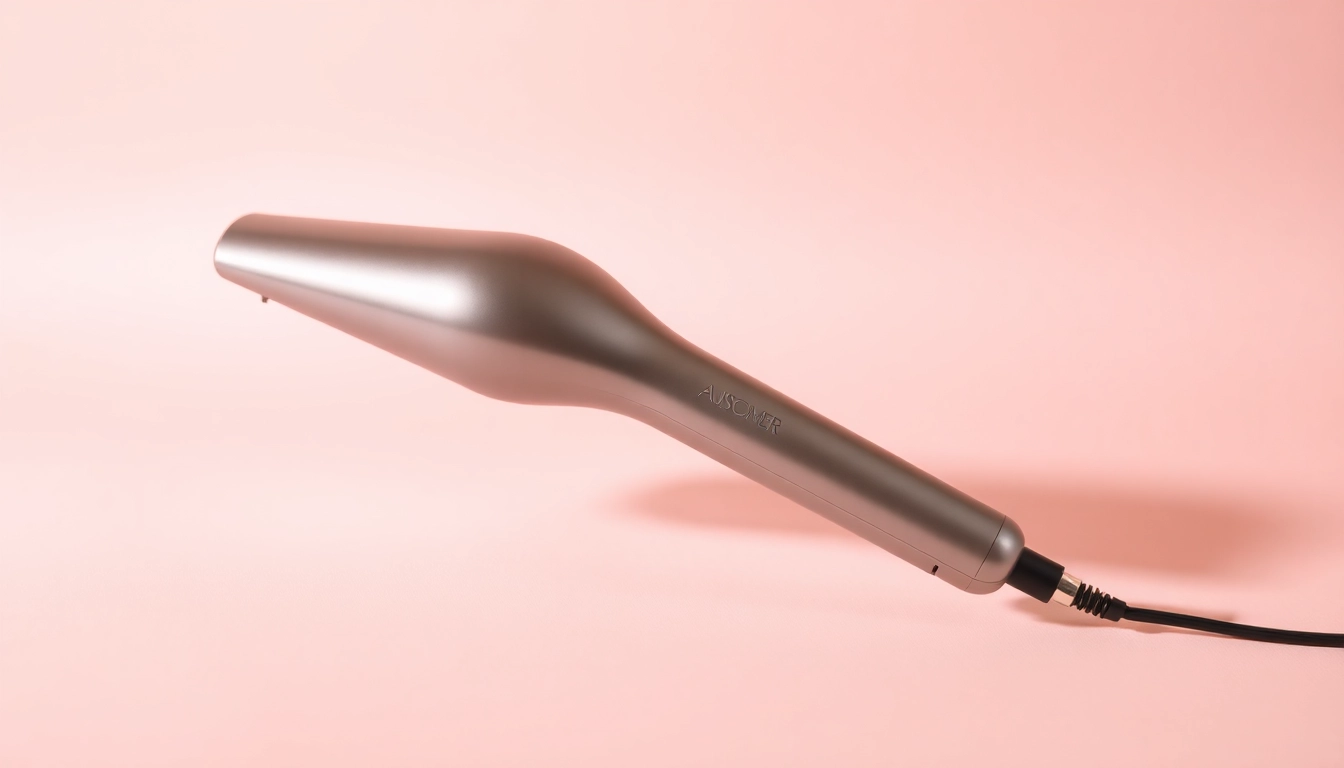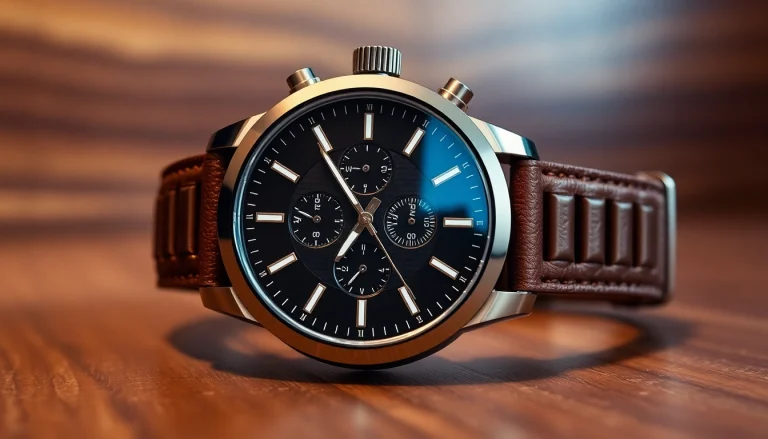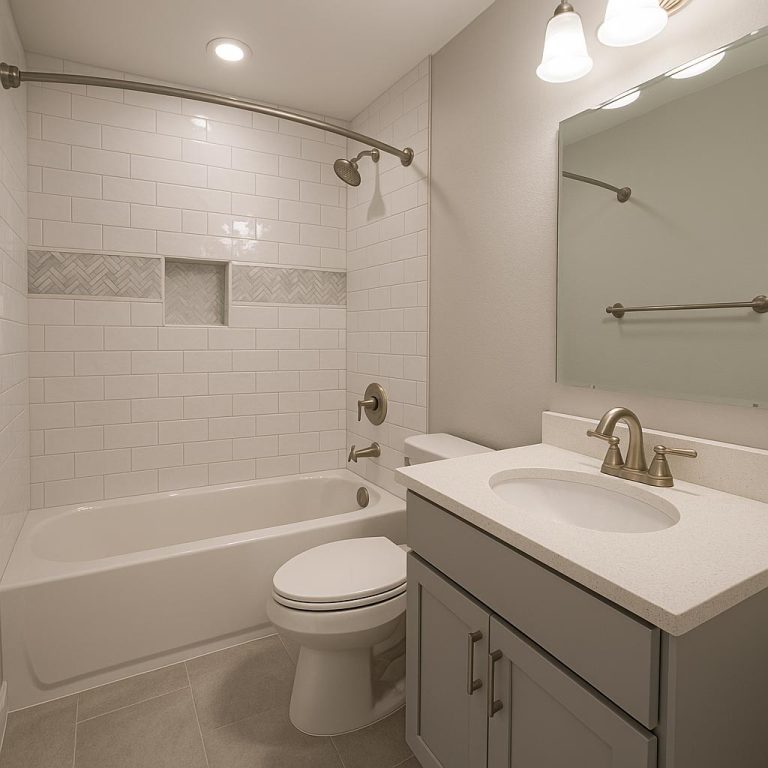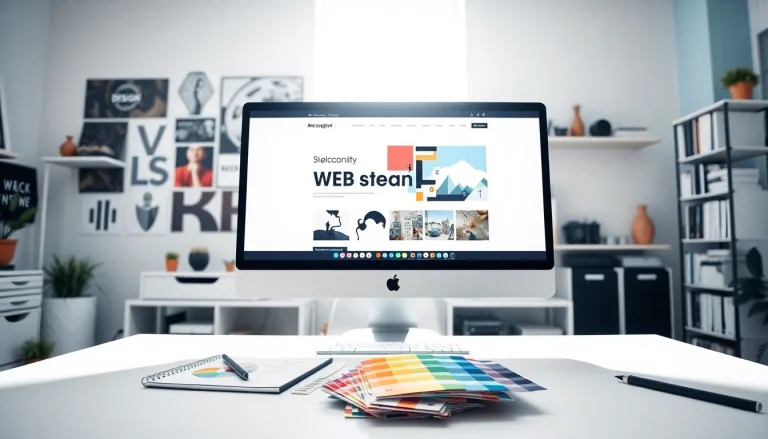
Understanding Heat Tools for Hair
Definition and Types of Heat Tools
Heat tools for hair have transformed the way individuals style their hair, allowing for quick and effective styling with the help of technology. These tools utilize various forms of heat to reshape hair, providing styles that range from sleek and straight to bouncy and curly. The most common types of heat tools include:
- Hair Dryers: Designed to quickly air-dry hair while also adding volume and shape.
- Flat Irons: Used for straightening hair; they can also create waves and curls with the right techniques.
- Curling Irons: Specifically designed for curling hair, these come with various barrel sizes to accommodate different curl types.
- Hot Rollers: Offer a more traditional method of curling by heating rollers that are placed in hair for several minutes.
- Wands: Curling wands that do not have a clamp, allowing for different styling techniques to achieve various curl types.
Benefits of Using Heat Tools for Hair
Utilizing heat tools for hair provides several benefits. They enable quick styling, allowing individuals to achieve their desired look with minimal effort. Some key benefits include:
- Time Efficiency: Heat tools streamline the styling process, considerably reducing the time required compared to air drying and manual styling methods.
- Diverse Styling Options: Whether it’s adding waves or achieving pin-straight locks, heat tools facilitate a plethora of styling options to express individual creativity.
- Enhanced Hair Texture: Heat tools, when used correctly, can improve the appearance of hair, adding shine and eliminating frizz.
- Versatility: Many heat tools offer multi-functionality, allowing users to experiment with different looks using one device.
Common Misconceptions About Heat Tools
Despite their widespread use, several misconceptions about heat tools can lead to improper usage or even avoidance. Let’s dispel some of these myths:
- Heat Tools Damage Hair: While excessive heat can damage hair, using the right tools and techniques can minimize risk. Quality heat tools can help retain moisture when used properly.
- All Heat Tools Are the Same: Different tools are designed for varying hair types and textures, making it vital to choose equipment that caters to individual needs.
- Heat Protective Products Are Optional: Using a heat protectant before styling is critical in maintaining hair health, making it an essential step rather than an option.
How to Choose the Right Heat Tools for Hair
Factors to Consider: Hair Types and Styling Goals
Choosing the right heat tools begins with understanding your hair type and the desired styles. Different hair types—fine, medium, thick, or curly—react uniquely to heat applications. Here are some considerations:
- Fine Hair: Opt for tools with adjustable heat settings and lower maximum temperatures to avoid damage.
- Thick Hair: These require tools that can reach higher temperatures quickly for effective styling.
- Curly Hair: Look for tools designed to enhance curls without causing frizz or heat damage.
- Length of Hair: Longer hair may benefit from larger plates or barrel sizes on curling irons to cover more surface area quickly.
Material Matters: Ceramic vs. Titanium
When selecting heat tools, the materials of the plates or barrels play a crucial role in performance:
- Ceramic: Provides even heat distribution and is ideal for minimizing hot spots that can lead to hair damage. It’s great for fine and damaged hair as it’s gentler.
- Titanium: Heats up quickly and maintains high temperatures, making it suitable for thicker hair types requiring more heat for effective styling options.
- Tourmaline: Often used with ceramic or titanium, this material produces negative ions that help reduce static and frizz, ideal for giving hair a smooth finish.
Safety Features to Look For
Safety should be a top priority when selecting heat tools. Look for the following features:
- Auto Shut-Off: A critical feature that turns off the device after a period of inactivity to prevent accidents.
- Heat Control Settings: Adjustable heat settings cater to different hair types and styles, reducing the risk of heat damage.
- Cool Tip: For curlers and wands, a cool tip prevents burns during styling.
- Swivel Cord: A swivel cord allows for better maneuverability while styling, reducing the risk of tangles and pulling on hair.
Best Practices for Using Heat Tools for Hair
Pre-Styling Preparation Steps
Effective styling starts with proper preparation. Here’s how to set the stage for the perfect hairstyle:
- Clean, Dry Hair: Ensure the hair is clean and completely dry before applying heat to avoid damage.
- Apply Heat Protectant: Always use a quality heat protectant spray or serum before styling to shield hair from heat damage.
- Sectioning Hair: Divide hair into manageable sections to ensure even styling and prevent missed spots.
- Choose the Right Tool: Make sure you’re using the appropriate tool for the style you want to achieve.
How to Avoid Heat Damage
Using heat tools can come with risks, but these strategies can help you minimize heat damage:
- Lower Heat Settings: Use lower settings for fine or damaged hair, reserving high temperatures for thick or coarse hair.
- Limit Frequency: Avoid daily heat styling; consider heat-free styling methods or alternative techniques.
- Timing: Limit the time the tool remains in contact with your hair. For curling irons, a few seconds typically yield great results.
- Deep Conditioning: Regular deep conditioning treatments can help maintain moisture and resilience in your hair.
Styling Techniques for Different Looks
The techniques used with heat tools can vary significantly based on the desired style. Here are some effective methods:
- Beachy Waves: Use a wand without a clamp for loose curls. Wrap sections of hair around the wand, holding for about 5-10 seconds before releasing.
- Voluminous Curls: For fuller curls, use a larger-barreled curling iron, wrapping smaller sections of hair loosely.
- Sleek and Straight: With a flat iron, work on small sections at a time, pulling slowly for a smooth finish.
- Half-Up Styles: Use a straightener or curling iron to style the top section, allowing the bottom to maintain natural texture for a casual look.
Top Rated Heat Tools for Hair in 2023
Comparative Review of Leading Brands
The market has many options for heat tools, but a few brands stand out in terms of performance and customer satisfaction:
- Dyson: Known for its innovative technology, Dyson offers hair dryers that minimize heat damage while providing powerful airflow for fast drying.
- Babyliss: Their tools are widely recognized for superior performance and are particularly favored by professionals in the beauty industry.
- GHD: Short for Good Hair Day, this brand focuses on technology that provides consistent heat, helping users achieve stunning results without overheating hair.
- T3: With a focus on technology and an aesthetic appeal, T3’s tools offer customizable heat settings designed for various hair types.
User Testimonials and Ratings
Reviews from users often highlight significant benefits or shortcomings of specific tools:
- Dyson Supersonic Hair Dryer: Users frequently praise its quick drying time and unique design.
- GHD Platinum+ Styler: High user ratings often cite its ability to deliver sleek results without excessive damage.
- Babyliss Pro Ceramic Styler: Users appreciate its affordable pricing alongside professional-quality results.
Price vs. Performance Analysis
While investing in quality heat tools may seem daunting, the price often correlates with performance and durability:
- Low-End Tools: While affordable, these tools may lack consistent heating features and longevity.
- Mid-Range Options: Tools in this category often strike a balance between performance and cost-effectiveness, providing many useful features.
- Professional Tools: These tend to be the most expensive but offer advanced heating technology, often favored in salons for their reliable performance.
Maintenance and Care for Heat Tools
Cleaning and Storage Tips
Proper maintenance of heat tools can significantly extend their lifespan. Here are some tips:
- Regular Cleaning: Clean the plates of flat irons and curling tools regularly with a damp cloth after they’ve cooled down.
- De-tangling Cords: Avoid yanking or tugging at the cords; it can break the internal wiring. Store your tools cord-free if possible.
- Safe Storage: Store tools in a cool, dry place with protection from falls or clutter that can lead to damage.
When to Replace Your Heat Tools
Understanding when to replace heat tools is crucial to maintaining productivity and hair health:
- Inconsistent Heating: If your tools don’t heat evenly, it’s time for a replacement.
- Visible Damage: Cracks, frays in cords, or burnt plates indicate a need for replacement to prevent further damage.
- Age of the Tool: Generally, tools should be replaced every few years, depending on usage frequency and brand quality.
Extending the Lifespan of Heat Tools for Hair
To ensure your heat tools last as long as possible, consider these best practices:
- Limit Use: Use your tools sparingly and allow your hair some time to recover between styling sessions.
- Invest in Quality: Spend a little more on tools with a reputation for durability and effective performance.
- Follow Care Instructions: Adhere to manufacturer care recommendations to ensure longevity and safe operation.






